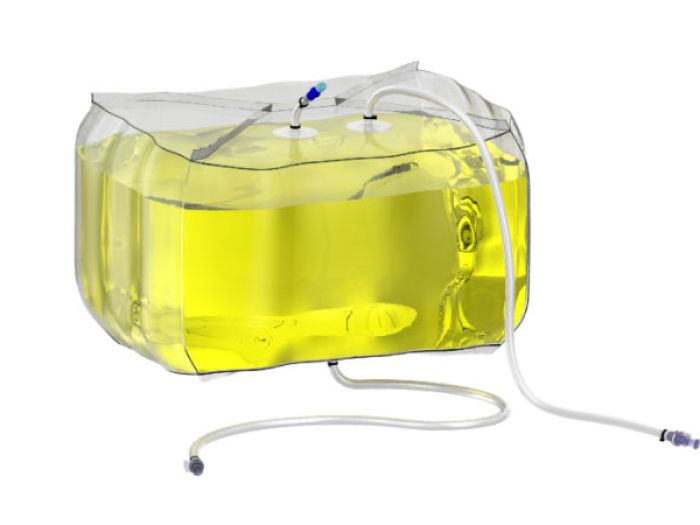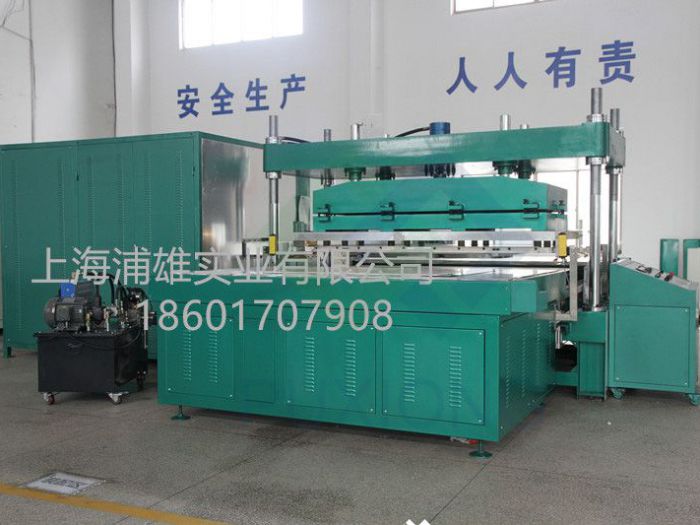Face physical cooling TPU water bag mask how to produce
I. Design and Material Preparation
-
Demand Analysis
- Analyze market needs and user feedback to determine parameters such as size, shape, capacity, and fit of the water-bladder mask.
-
Structural Design
- Conceptualize and design the mask structure, including creating technical drawings and 3D models, ensuring a snug facial fit and effective physical cooling performance.
-
Material Selection
- Use high-quality TPU (Thermoplastic Polyurethane) as the primary material. TPU offers high elasticity, wear resistance, low-temperature resistance, and eco-friendliness, making it ideal for cold-therapy devices.
II. Mold Fabrication and Shaping
-
Mold Design
- Create molds based on design specifications. Precision and stability of molds are critical for product consistency and quality.
-
Mold Processing
- Use CNC machining to ensure smooth surfaces and accurate dimensions.
-
High-Frequency Heat Pressing
- Shape TPU sheets into the mask using high-frequency heat pressing. Temperature, pressure, and time are tightly controlled to ensure structural integrity and shape stability.
III. Water Circulation System Design
-
Pipeline Layout
- Design internal water channels to connect the mask with the cooling system.
-
Cooling Device
- Integrate a cooling unit to chill water to the desired temperature.
-
Circulation Pump
- Install a pump to drive water flow through the mask, ensuring continuous delivery of chilled water.
IV. Assembly and Testing
-
Assembly
- Assemble components (mask, water channels, cooling device, and pump) to ensure leak-proof connections.
-
Testing
- Perform airtightness tests and performance evaluations to verify cooling efficiency, durability, comfort, and safety.
V. Packaging and Delivery
-
Packaging
- Use eco-friendly, moisture-proof materials to protect the mask during storage and shipping.
-
Final Inspection
- Conduct a pre-delivery quality check and include detailed user instructions for proper use and maintenance.
VI. Quality Control
- Strictly monitor all stages:
- Raw material inspection
- Mold precision
- Heat-pressing parameters (temperature, time)
- Water circulation performance
- Final product compliance with standards



.jpg)